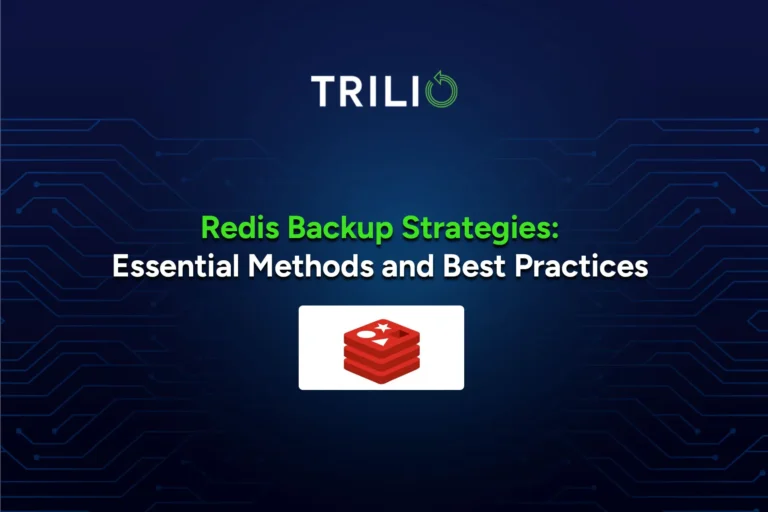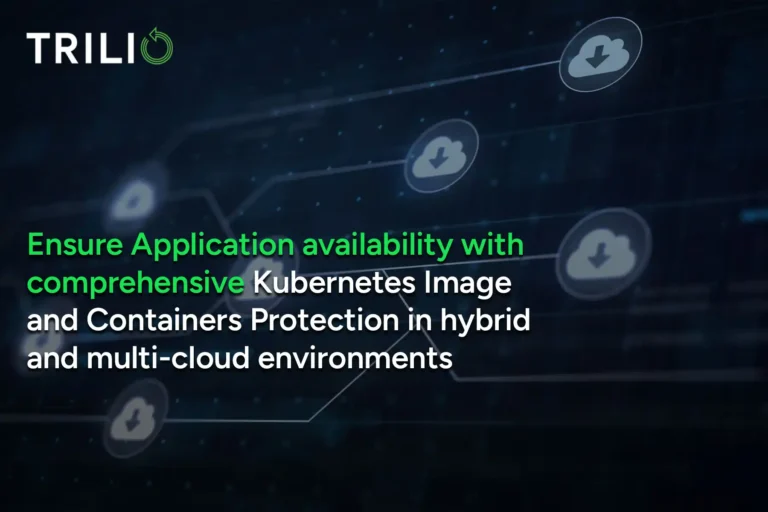Trilio Marketing and Trilio circle back to this a year from now and see how I compare to the research gurus by going through each item and providing a grade of pass or fail. And, “no” this is NOT an attempt by me to become a junior analyst!!!
For those interested in the dynamic trio of Kubernetes, KubeVirt and OpenStack, I hope you find this worth a read.
So here I go.
1.The Convergence of Kubernetes and OpenStack:
As organizations increasingly adopt Kubernetes for containerized workloads, the synergy between Kubernetes and OpenStack has become apparent. OpenStack has had the ability to deploy and manage Kubernetes clusters on OpenStack easily through the Magnum project for a few years, but now we are seeing an uptick in running OpenStack itself on Kubernetes. Red Hat’s announcement Red Hat OpenStack Services on OpenShift – the next generation of Red Hat OpenStack Platform is another major step towards this convergence, and follows Mirantis MOSK (Mirantis OpenStack on Kubernetes) and the upstream OpenStack-Helm project of running OpenStack on Kubernetes. Along with this evolution and convergence, the need for a unified disaster recovery ecosystem that removes traditional boundaries between the two will become a requirement. Through this requirement organizations that deploy both Kubernetes and OpenStack technologies will further receive the benefits and synergies of a unified container orchestration and open-source cloud infrastructure.
2. Increased Emphasis on Data Protection and Disaster Recovery
Kubernetes, as an open-source container orchestration platform, has become the de-facto standard for deploying and managing containerized applications. While the industry has been focused on Day 0 and Day 1 initiatives, with the exceptions of early adopters where data protection has been an integral part of resiliency in forward thinking IT departments, Kubernetes backup and disaster recovery has been a Day 2 thought and practice. In 2024, I predict that as part of a greater overall data management strategy, disaster recovery will move from after-thought and be part of the Day 0 and Day 1 dialogue.
3. The Rise of KubeVirt
For those of you who are not aware, KubeVirt allows you to run and manage virtual machines using Kubernetes. It is a new extension of Kubernetes that provides a way for organizations to gradually migrate from traditional virtualized environments to container-based architectures by allowing both types of workloads to coexist during the transition. Although KubeVirt graduated from the CNCF Sandbox in 2023, the traditional view by some pundits is that major majority adoption is 3-5 years away. However, I predict that it will move much faster and we will see meaningful adoption in 2024 by early adopters seeking early advantages from its capabilities. I predict it could reach a major majority stage in less than 2 years.
4. VMware and Modern IT
VMware was founded in 1998 and in the same year, introduced VMware Workstation. This marked the beginning of widespread virtualization for x86 architecture. However, the world has changed. For a look back at the history and evolution of VMware, look at this blog ![]() The Evolution of Virtualization Management: From LibVirt to KubeVirt from David Safaii, Our Exec Chairman.
The Evolution of Virtualization Management: From LibVirt to KubeVirt from David Safaii, Our Exec Chairman.
My prediction is that VMware migration to open-source technologies will accelerate, partially becuase the long-term savings could be very meaningful, and also because of uncertainty. I predict that major momentum will build upon migrating from VMware to OpenStack.
5. The rumors of OpenStack Demise are Greatly Exaggerated
Despite OpenStack being the largest Open Source cloud-computing platform, popular through industries such as telecommunications, defense, technology and government, it seemed to lose traction around 2021-2022. My prediction is that OpenStack will regain momentum worldwide as a business-critical platform across multiple industries as the demands for high-performance, scalable, and reliable infrastructure surge. However, OpenStack disaster recovery capabilities are not enterprise-grade and are inadequate. With the rise of hybrid and multi-cloud environments, an enterprise grade integrated OpenStack backup and recovery solution will be recognized as a critical add-on requirement.
6. Enhanced Automation for Disaster Recovery
Automation will become a big part of backup and recovery solutions. I predict automations technologies, like Ansible (and by extension, Event-Driven Ansible), will help improve the speed and efficiency of disaster recovery processes. Automated failovers, incident response, and most importantly automated recovery processes will help minimize downtime and reduce manual intervention.
7. Increased Focus on Resiliency and Continuous Availability of Data
Organizations today that rely on traditional backup and recovery processes, suffer from unnecessarily complex recovery operations and often lengthy recovery times.
These organizations will start shifting towards a mindset of ensuring applications are highly available, and crucially that their data is continuously available, emphasizing the ability to recover very quickly. Capabilities like Trilio’s Continuous Restore can go a long way towards enabling this kind of strategy, and help simplify processes while reducing reliance from specific domain experts and manual intervention.
You may find our continuous restore capabilities interesting ![]() Continuous Restore
Continuous Restore
Time will tell about these predictions.
But as 2024 unfolds, the onus is on industry leaders and IT professionals to contiuue the drive towards simplification of backup and recovery processes and implement new technologies that make their infrastructure much more resilient with the aim of reducing recovery time to minutes as opposed to hours and weeks. By embracing the full potential of Kubernetes and OpenStack, IT professionals must deploy best in class disaster recovery capabilities, so we can pave the way for a future where disruptions become mere ripples in an organization’s life.




